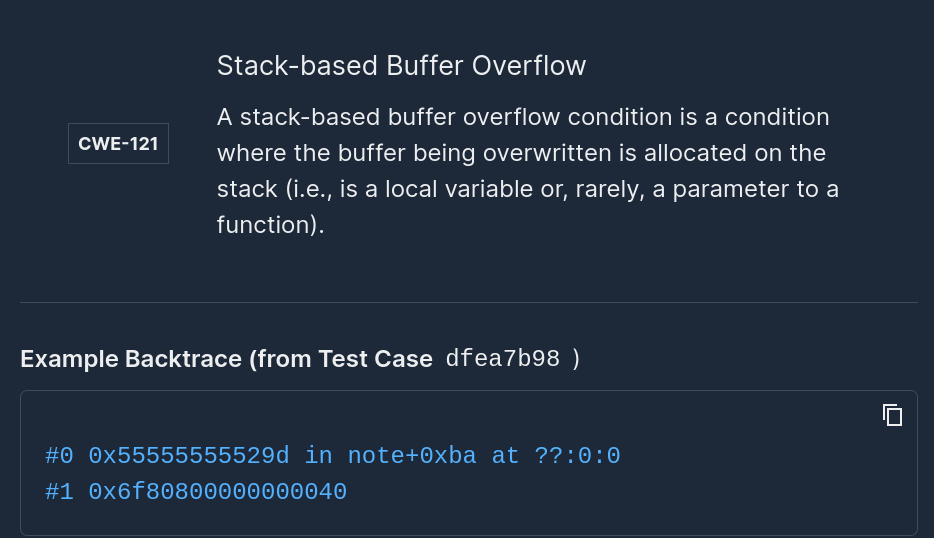Automated API Testing Vs Manual Testing

Which API testing is best for you largely depends on the type and complexity of the APIs being tested. If you're dealing with a basic API that mainly performs CRUD (Create, Read, Update, Delete) operations, then simple manual testing may be sufficient.
However, if the API is more complex or requires loads of data manipulation to get the results you’re after, then an automated API testing tool is the way to go. It’s easier to implement automated testing than it is to run manual tests over and over. You should conduct automated testing if you're testing in a regulated environment, handling sensitive data, or working on a large project.
Overall, API testing is an important part of the development process and should not be overlooked. With the right combination of manual and automated API testing, you can ensure your APIs are functional, secure, and perform as they should.
Is API testing manual or automated?
API testing can be either manual or automated.
Manual API testing involves manually sending requests to an application's interface and verifying the responses, while automated API testing utilizes specialized software tools to send requests and validate responses.
Automation is generally recommended for larger projects that require comprehensive and frequent testing. Automation allows development teams to quickly run tests when changes are made and easily track results over time.
However, manual testing can still be useful when dealing with smaller projects or when testing individual features, and is good for those just getting started, as it can help you better understand the process of API testing. While you should weigh the pros and cons of both approaches, for most development teams, the benefits of automated testing far outweigh those of manual testing.
Can API testing be done manually?
Yes, API testing can be done manually. Manual API testing takes more time and effort than automated testing and involves sending requests to the application's interface and verifying the responses.
How does manual testing work?
Testing an API manually is a skill that requires practice and patience. Before diving in, you should familiarize yourself with the fundamental concepts of API testing.
To test an API manually, you'll need a tool that allows you to make requests and view responses from the API. Popular tools for manual testing include Postman and SoapUI.
Once your chosen tool is set up, it's time to formulate your test plan. First, decide what conditions you wish to test against and what criteria should be met for a successful test. Then, create an environment in which to test your API from start to finish, taking into account the input parameters and functional requirements.
When you begin testing, it's important to identify any errors or unexpected behaviors that arise during the process. Make sure to collect any data related to those errors such as log files, screenshots and any other relevant information.
Finally, track the progress of your test using a bug tracking system like JIRA to identify errors, security vulnerabilities and performance issues.
Can API testing be automated?
Yes, API testing can be automated. Automated API testing utilizes specialized software tools to send requests and validate responses. Automated testing involves all of the same steps as manual testing, but eliminates the need to do every step manually. Automated API testing requires much less effort than manual testing, and is both more cost-effective and efficient, allowing you to run more tests in less time.
Another huge advantage of automated API testing is that it can be easily integrated into your CI/CD pipeline, allowing teams to quickly run tests when changes are made and easily track results over time.
How does automated testing work?
When testing an API automatically, you will need to use an API Testing Tool. These tools allow you to create tests and run them automatically.
There are many different API Testing Tools available, so it is important to choose one that is right for your project. Some factors you may want to consider include the cost, the features that it offers, and the level of support available. The best solution will allow for ease of integration, security and performance testing in one, and support for API testing standards like OWASP’s API Top 10.
Once you have selected an API Testing Tool, you can begin testing your API automatically. The tool will allow you to create tests for different parts of the API, such as authentication, input validation, response codes, etc. Ideally, your chosen tool will generate the tests and inputs for you, further automating the process. You can also use the tool to create tests for different scenarios, such as testing for errors or specific responses. Once you have created the tests, it is time to run them.
Automatic testing allows you to quickly check your API to ensure that it's secure, reliable and performs the way it should. By testing your API automatically, you will be able to quickly identify any issues in your application and fix them before they become a problem.
Automated testing allows developers to focus on improving the user experience, rather than spending time writing tests. This makes it easier to ensure that users have a seamless experience with your application.
What to Look For in an Automated API Testing Tool
When choosing an automated API testing tool, look for one that easily integrates with your existing development pipeline and allows you to quickly and seamlessly run tests whenever new functionality is added or changes are made. With the right tool, development teams can test their APIs quickly and efficiently, allowing them to focus on more important tasks.
Some of the key features you should look for include:
- Automated test creation and running: The ability to create tests and run them automatically, making testing easier and faster.
- Security testing: The ability to check for security vulnerabilities in the API and make sure that it is secure.
- Performance testing: The capacity to test the speed and performance of an API, ensuring it performs as expected under different scenarios.
- Integration with existing development tools: If you are using a version control system or continuous integration platform, look for a tool that integrates with them.
- Documentation and support: Look for an API Testing Tool that offers good documentation and support in case you have any questions or issues.
- Easy to use and understand: The benefits of automation quickly vanish if your tool has a steep learning curve. An intuitive API Testing Tool allows developers to quickly become proficient with it so they can focus on writing code.
Mayhem: Our Recommendation for an Automated API Testing Solution
Mayhem is an excellent solution for automated API testing, offering all of the above features and more, such as:
- Noise cancellation and finding deduplication: Mayhem bucketizes findings so you can focus on core issues and don't waste time with hundreds of reports for the same finding.
- Easy integration with existing development tools: Mayhem integrates with popular source code management systems to automatically test each pull request.
- Ridiculously Easy to Use: Mayhem gives you meaningful testing results within 5 minutes. Mayhem’s simple integrations with development and build pipeline solutions allow you to focus on testing results, not the process of conducting the testing.
- Free 30 day trial: Try Mayhem for free for 30 days to ensure that it’s the right tool for your team.
{{api-cta}}
Add Mayhem to Your DevSecOps for Free.
Get a full-featured 30 day free trial.




.jpg)